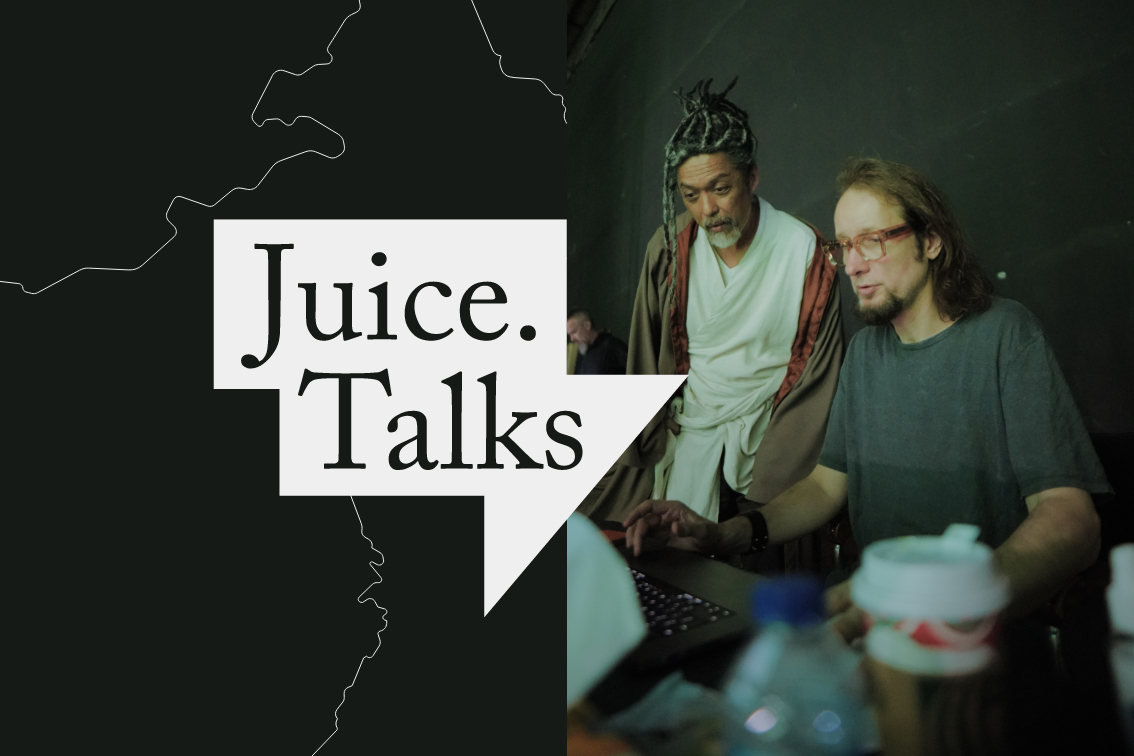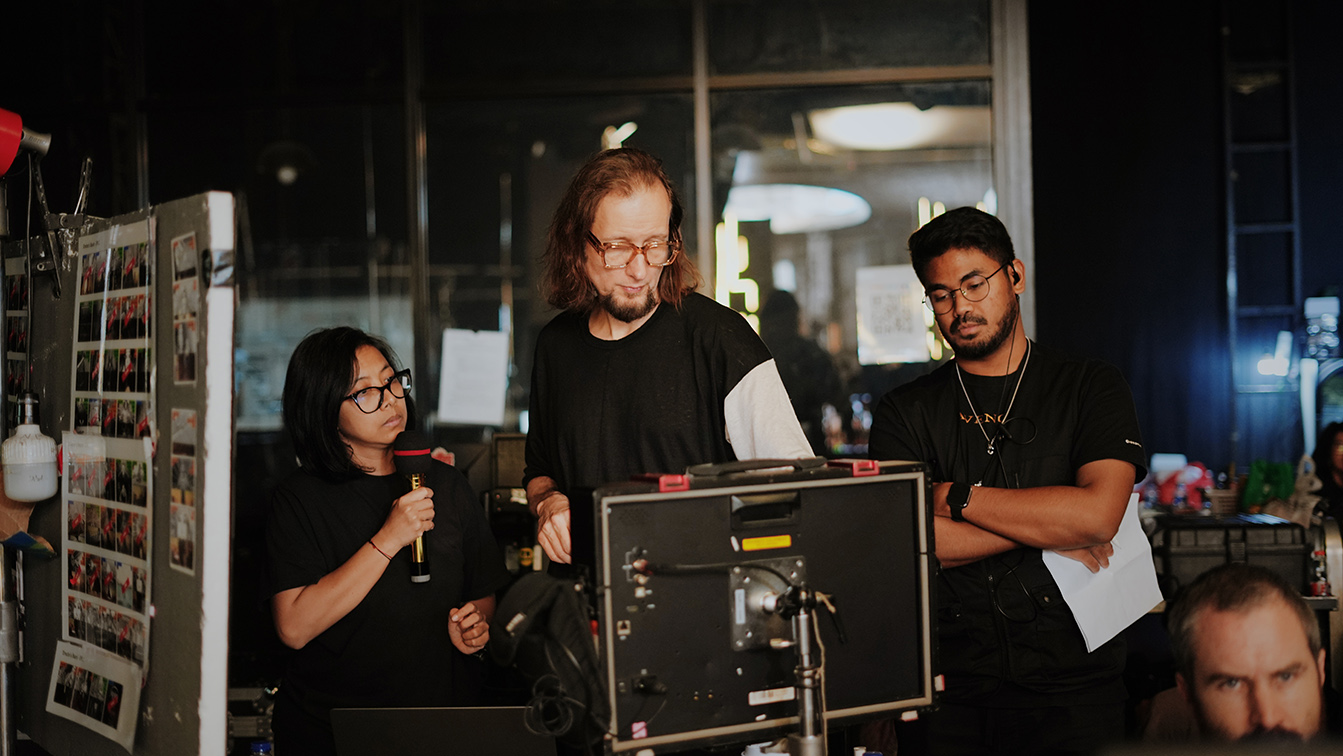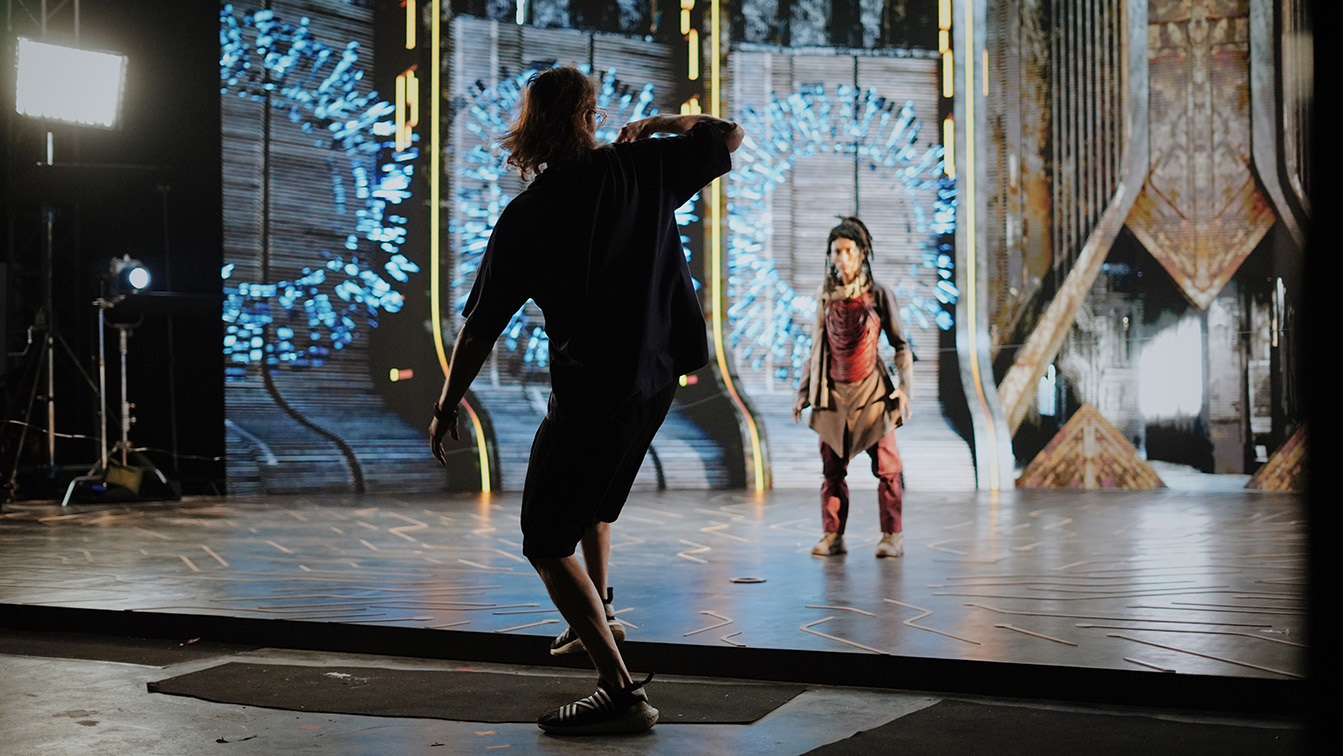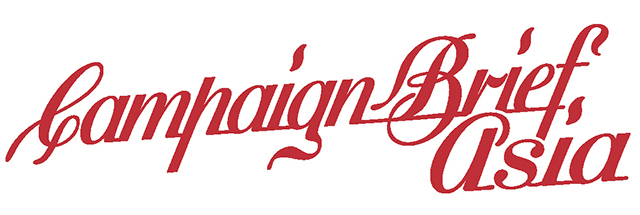Juice Talks Asia with Eric Will: VFX, Virtual Production, and the secret to ads that go viral

At the end of the day, commercials have one job–to sell. But how you get there is changing fast. Virtual production, AI, and high-end VFX aren’t just making ads look better–they’re making them work harder. Eric Will, in-house director at Juice, knows this firsthand, bringing brands like Marjan’s Ramadan campaigns and Nestlé Indonesia’s Bear Brand to life with full-CG, live-action, and smart VFX. Here, he cuts through the hype to break down what’s driving real impact, what’s just noise, and how to make commercials that don’t just look great, they resonate across regions.
You’ve worked on so many VFX-heavy projects, do you remember the first time visual effects completely transformed a commercial’s story for you? What was that moment like?
In 1991, I worked on a 10-second CG animation for a commercial in Berlin. Back then, there were only three Silicon Graphics machines in all of Germany. Rendering the animation took three weeks, and every second of it was a gamble; if the final render had errors, we’d have to start all over. It felt like we were carving a sculpture with a blindfold on. The finished piece, however, was worth it. It was one of the first instances where CG wasn’t just a gimmick but integral to the story, a world morphing around the product to reflect its transformative qualities. The client was thrilled, and it opened the door for more ambitious ideas in the region.
Each leap in technology unlocked new storytelling possibilities. Suddenly, photorealistic environments and complex visual effects weren’t just achievable, they expanded what stories could be told. VFX stopped being an enhancement and became a driver of narrative innovation, transforming once-unimaginable ideas into reality.

The filmmaking landscape is evolving faster than ever, how have innovations reshaped the way you create? Which tools have you found most impactful?
AI has transformed how we develop concepts. It’s like having an instant brainstorming partner that helps visualize ideas faster. Need a mood board? AI can generate it in seconds. Want a rough animatic? It’ll get you halfway there before you even sit down with an artist. But let’s be clear, I do not believe AI can replace creativity. It can supercharge it though, but only if you know what you’re doing. A strong idea is still a strong idea. AI just helps you refine it quicker.
Virtual production (VP) is another game-changer for me. What used to be Hollywood budgets is now within reach. It’s making ambitious storytelling possible without breaking the bank. The challenge? Not getting lost in the tech. You can have the best VP setup in the world, but if your narrative and performances aren’t rock solid, none of it matters.
I put both of these tools to the test in this year’s Marjan campaign, working closely with Juice on the VFX. We used AI to speed up concept development and Unreal Engine-powered VP to bring key parts of the world to life. It completely reshaped our workflow, giving us real-time flexibility while ensuring that the heart of the story stayed intact.
Asia is such a diverse market, how do you make sure your stories feel authentic across different cultures? Do you think VFX helps bridge those gaps?
Authenticity isn’t just a buzzword, it’s everything. In some cases across Asia, brands lean into their roots. If you’re working with beauty or fragrance, for example, that sense of place, heritage, and tradition is a huge part of the brand’s identity. Other times, the story needs to be universal, something that resonates across borders.
But even in a global campaign, the small details matter. The way someone gestures, the way a city feels, even the way light falls in a certain place, it’s these tiny nuances that make a story feel real. That’s where VFX can be a subtle but powerful tool.
Take the Marjan campaign from 2023 for example. It was based on an ancient folk tale, and we used high-end VFX to elevate it. The reaction was overwhelming. People weren’t just watching an ad, they were seeing their own culture brought to life in a way that felt big, cinematic. That’s when you know a story has really landed, and in this case, it went viral across Indonesia.
As the commercial landscape in Asia evolves, we’re seeing more brands working directly with post and VFX houses. As a director, how does that shift change things for you?
Working directly with brands? It speeds everything up and gives us more freedom to push the visuals and storytelling in bold directions. But here’s the thing–it only works when there’s trust. If you’ve collaborated before and the brand knows what you bring to the table, the process is seamless. Without that trust, it can turn into micromanagement, which slows everything down.
Over the past few years, I’ve had a lot of full-CG commercials, and it’s fascinating. These projects blur the line between directing and post-supervision since no physical shoot is involved. But at its core, it still follows the same structure, script, animatics, pre-production, work-in-progress reviews. The biggest shift? A lot of it happens remotely now, which opens up massive flexibility. Five years ago, that would’ve been unthinkable.

Collaboration is key in complex visual projects. In your experience, what makes a partnership with a VFX house truly successful?
If you’re working on a VFX-heavy project, you need a director who actually gets VFX. Too often, agencies or producers come in with these wild references that look amazing but aren’t remotely realistic within the time or budget. That’s where an experienced director makes the difference, translating big creative ambitions into something that’s actually achievable. A director who truly understands VFX isn’t just there to execute ideas, they’re the bridge between wild creative ambition and what’s actually possible. The trick is knowing how to pivot, finding smart solutions that keep the vision intact without blowing the budget or timeline.
Collaboration is everything. If the director, VFX house, and client aren’t in sync, you feel it. The best work happens when ideas flow, and constraints, whether time, budget, or tech, become creative fuel instead of roadblocks. At the end of the day, great visuals come down to a great team.
If someone wanted to understand what you do best, which of your projects would you point to, and why?
Projects like the Bear Brand campaign for Nestlé Indonesia and the sci-fi Episode 1 of Marjan are exactly what I love doing, world-building that blends live-action, fantasy, and cutting-edge VFX. With Marjan, we leaned heavily into virtual production. The trick with VP is keeping the performances and story front and center. It’s easy to get carried away with the tech, but if the emotion isn’t there, the audience won’t connect. We had to strike that balance, using the tools to expand our creative possibilities without losing the human touch. That’s where the best work happens, when there are no limits, just possibilities.
All photographs are courtesy of Nayfosindo Production.
